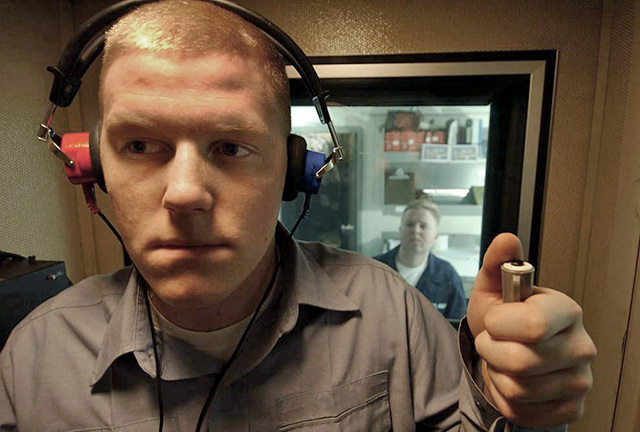Aim: A Hearing Test helps determine and assess the ability of a person to hear different sounds and evaluate hearing difficulties. The sound waves that enter the ears will be converted into nerve impulses. These nerve impulses will reach the brain which “hears” the sound. The tests available for hearing include Pure Tone Audiometry, Tympanometry, Speech Perception, Whispered Voice Test, Tuning Fork Test, and Bone Conduction Test. Also try this online version.
Pure Tone Audiometry is used to determine the hearing function of both ears. Tympanometry measures movement and pressure behind the eardrum. The eardrum should allow passage of sounds into the middle ear. However, if the sound bounces back, then a problem may be present. Speech Perception is done by speaking words without any visual information. This will test the hearing ability of a person. Further, a Whispered Voice Test is just the same with Speech Perception Test. The only difference is that the words will be whispered by the doctor and the patient will be asked to repeat those words. This test also detects hearing problems. Moreover, Tuning Fork Test helps determine if a person has a conductive hearing loss, sensorineural hearing loss or mixed hearing loss. Lastly, Bone Conduction Test determines the function of the inner ear and the nerves.
 hearing test
hearing test Equipment required: Any of the following can be used to perform hearing test:
- Audiometer
- Tympanometer
- Tuning Fork
- Vibrating Probe
Procedure: A hearing test must be performed as advised by the ENT Specialist. Sometimes, it is also being assessed during a physical examination. For a Pure Tone Audiometer: The patient will listen to the sounds using headphones and patient will respond by pressing a button. For Speech Perception, the words will be through headphones or a speaker, or words spoken by the tester, then the patient will be asked to listen and respond. During a Tympanometry, there is a small plastic hung that will seal the ear while the machine changes pressure in the ear canal. During a Whispered Voice Test, the doctor will whisper words while covering one of your ears. The doctor will then ask the patient to repeat the words. On the other hand, Tuning Fork Test is performed by tapping the tuning fork on the elbow or knee to make vibration, then the doctor will hold it at different places around the head. Lastly, with Bone Conduction Test, a vibrating probe will be placed against the mastoid bone to test if the sounds transmitted are heard.
Rating:
- Pure Tone Audiometry Result: For a person with an excellent hearing ability, all of the data points would be near the top of the chart that is used. It is usually close to 0 dB for every frequency tested. However, if all the data points would be below the top area, hearing loss might be suspected.
- For a Tympanometry result, when there is a label type A, it indicates the normal pressure in the middle ear, normal eardrum mobility and normal conduction bones. While Type B and C indicate presence of fluid in the middle ear, tympanic membrane scarring and perforation, tumor and loss of conduction in the middle ear.
- For a Tuning Fork Test: If the patient has normal hearing in only one ear and the other one is having a problem, the patient will usually report hearing the fork in the ear with the problem either conductive, sensorineural or mixed hearing loss. Moreover, if a patient has a conductive hearing loss in one ear and the other ear is with sensorineural hearing loss, the sound made by the fork will be louder in the ear affected with conductive hearing loss or middle ear pathology.
- For Whispered Voice Test, The result may show negative hearing loss if the patient has repeated at least three out of a possible six numbers or letters correctly.
- For Bone Conduction Test, a patient with (one-sided) conductive hearing loss would hear the tuning fork louder in the affected ear.
- For a Speech Perception Test, rating is determined by how often the sounds are being compared and how often the subject judged them to be different.


 Current Events
Current Events